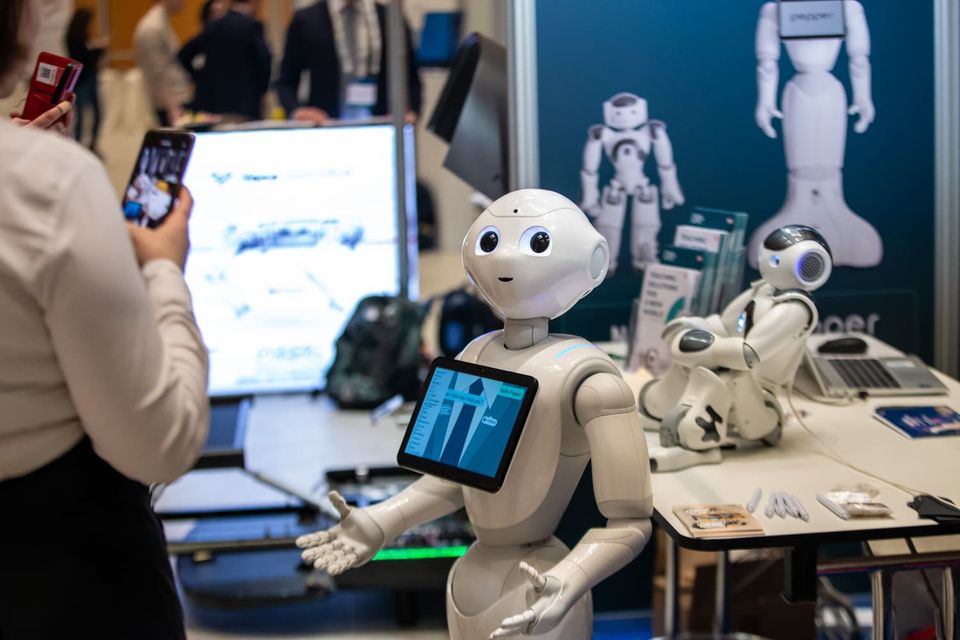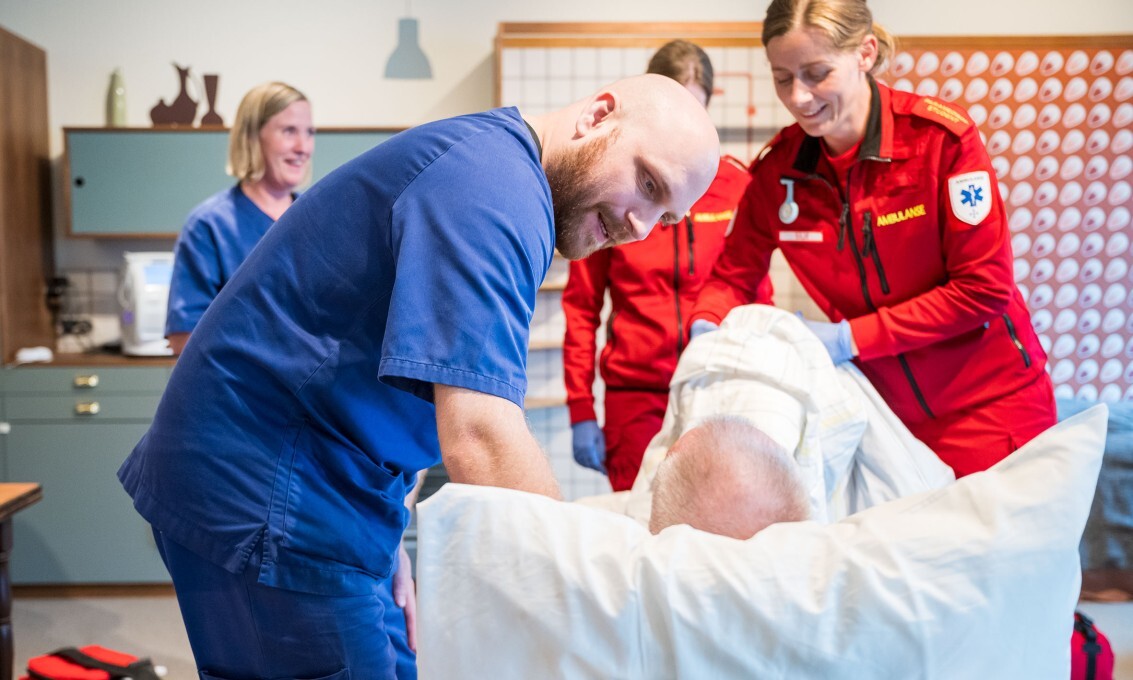Rogaland's ecosystem in AI-driven robotics takes shape

Robotics powered by artificial intelligence is no longer a distant idea. From deepwater inspection to battery-swapping for ferries, practical systems are being built and tested now. In Rogaland, the pieces of this puzzle are scattered across industries and regions. On 23 September, during the AI, Data & Robotics Forum in Stavanger, actors came together to start assembling them.
The project is simple in outline and ambitious in scope: to map out who is doing what in AI-driven robotics across the county. Stavanger municipality and Haugaland Vekst are coordinating the effort with support from Rogaland County Council, and the results will be ready when the European Robotics Forum (ERF) takes place in Stavanger in March 2026. But the real outcome lies in how this work can draw connections, strengthen collaboration and show the region’s competence to a wider audience.
A varied landscape
The offshore sector remains the obvious starting point. Oceaneering’s Freedom AUV and Stinger Technology’s smarter ROVs are two examples of how subsea autonomy is moving forward from Rogaland. These solutions are tested in demanding conditions and co-developed with international customers, setting a high bar for credibility.
Yet the story does not end offshore. On Jæren, decades of automation in agriculture and manufacturing have created a strong culture of applied engineering. Aarbakke Innovation illustrates this well, with teams that blend mechatronics, electronics and software into new autonomous products. In Dalane, energy and process industries are early adopters of predictive maintenance and smart inspection. In Ryfylke, Tau Autonomy Center provides rare real-world conditions for testing aerial and subsea drones side by side, giving developers access to fjord environments and industrial partners.
Taken together, this is less a single cluster than a network of competences stretching across the county. What links them is a readiness to apply robotics in harsh environments and regulated industries — qualities that resonate internationally.
Knowledge as infrastructure
Alongside the companies are the institutions that educate and research. The University of Stavanger has scaled its offer in AI and robotics, from bachelor-level courses to master’s programmes and applied research at Stavanger AI Lab. Western Norway University of Applied Sciences (HVL) contributes with engineering expertise and regional anchoring. NORCE brings scientific capacity into industry pilots. These are not just sources of talent; they are places where new ideas can be tested with rigor.
Building towards 2026
The European Robotics Forum is Europe’s flagship event for robotics, and when it comes to Stavanger in 2026, Rogaland will have the opportunity to show its strengths in a coordinated way. The mapping project aims to make that visible: the companies, the testbeds, the academic depth, and the industrial use-cases that tie it together.
What comes next
The September session was a first step. It brought voices together, surfaced examples, and pointed to both overlaps and gaps. The next gathering will be hosted on Haugalandet, drawing in another set of perspectives and building the picture further. By the time ERF arrives, Rogaland will not only have a map of its AI robotics ecosystem but also a stronger sense of how to use it.
For those following the field — locally or internationally — the message is not to wait for 2026. Things are happening now, actors are connecting, and the region is opening doors. Those who want to contribute, test or learn more are invited to join the dialogue as it moves forward.
For more information, contact:
Even Eide, Stavanger Business Region – even.eide@stavanger.kommune.no
Birger Haraldseid, Stavanger Business Region – birger.haraldseid@stavanger.kommune.no
Marius Selsø Håkonsen, Haugaland Vekst – marius@h-vekst.no
Sigmund Lier, Haugaland Vekst – lier@h-vekst.no



